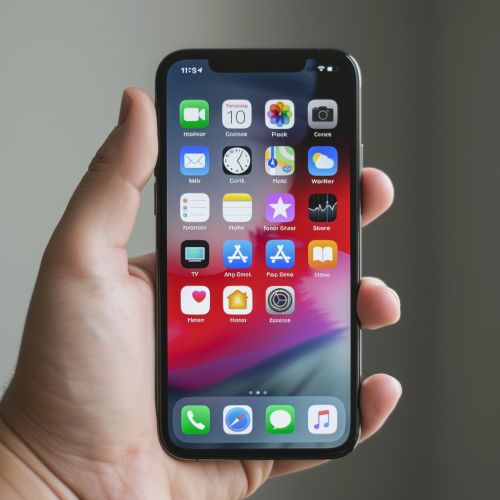First Generation iPhone
Introduction
The first-generation iPhone was a revolutionary product that marked the first step in the evolution of smartphones. Released by Apple in 2007, it combined the functionality of an iPod, a mobile phone, and an Internet communication device in a single handheld product.


Design
The first-generation iPhone featured a sleek design that was significantly different from other phones on the market at the time. It had a large 3.5-inch display, a single home button, and a stainless steel rear casing with a black plastic accent. The device was designed to be controlled by multi-touch gestures, a novel concept at the time, which eliminated the need for a physical keyboard or stylus.
Hardware
The first-generation iPhone was powered by a 412 MHz ARM 11 processor and had 128 MB of RAM. It was available in 4 GB, 8 GB, and later 16 GB storage options. The device was equipped with a 2.0-megapixel camera, a proximity sensor, an accelerometer, and a quad-band GSM radio for cellular connectivity. It also included Wi-Fi and Bluetooth capabilities, but lacked the 3G connectivity that was becoming increasingly popular at the time.
Software
The first-generation iPhone ran on Apple's iOS operating system, which was known as iPhone OS at the time. The interface was based around the home screen, a graphical list of available applications. Users could download additional applications from the App Store, a feature that was introduced later in 2008. The device also came pre-loaded with a suite of productivity software, including an email client, a web browser, a music player, a video player, a photo viewer, and various other utilities.
Reception
The first-generation iPhone was met with widespread critical acclaim upon its release. Critics praised its innovative multi-touch interface, its high-quality display, and its sleek design. However, the device was also criticized for its high price and lack of certain features, such as 3G connectivity and a physical keyboard. Despite these criticisms, the first-generation iPhone was a commercial success, selling over 6 million units before it was discontinued in 2008.
Legacy
The first-generation iPhone marked the beginning of the smartphone revolution and set the standard for future smartphone design. It introduced the concept of a multi-touch interface, which has since become a standard feature on almost all smartphones. The device's success also led to the creation of the App Store, which has become a major aspect of the smartphone experience.
See Also
- iPhone 3G - iOS - Smartphone - Mobile App
